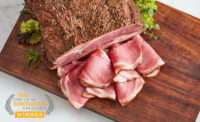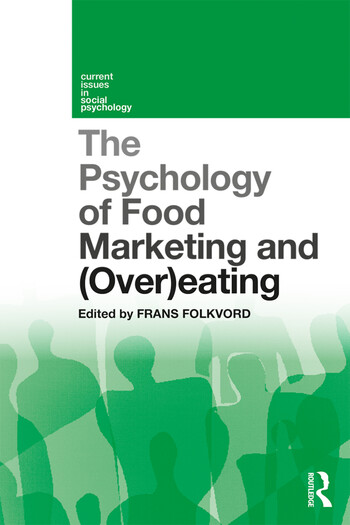2018 Predictions: Packaging
Cartons are new "A-lister" to compete with flexible pouches
Think Inside the Carton

It’s no secret that flexible packaging and pouches have been the fastest-growing packaging segment. They top every list: best new material, consumer favorite, best dressed and others. However, another packaging structure also is grabbing attention and quietly expanding: the carton. Cartons are a great blend of rigid and flexible and offer consumers strength, light weight, ease of use and safe handling.
Cartons are popping up in unexpected places, with applications for a host of liquid products. Why? Well, sustainability is still a big draw, and cartons are easy to recycle and often made from recycled materials. For instance, some cartons from Tetra Pak are made from bio-based materials such as sugarcane.
There are more box benefits too. These new structures can aid product shelf life. Cartons also have considerable printing surface available to promote the product and to make it stand out on shelf. Cartons also are lightweight, portable and most tout a favorite consumer attribute—reclosability. Many are now adorned with screw caps or foil lidding with pop tops for easy opening and closing.
Here are a few categories embracing cartons.
Milk 2.0: Remember when milk was milk? Aside from true dairy cow varieties, there now are new soy, almond, coconut, hemp and rice varieties. Other plant-based options include cashew and flax milk for health-conscious people. The best package for this next generation of milks is the shelf-stable, aseptic carton. Cartons allow these products to be sold and stored at room temperature. What’s more is the aseptic quality of these “milks” aids in the delivery and distribution to regions where refrigerated storage is a challenge.
Soups, Sauces & Vegetables: Consumers likely are seeing more soups, broths, sauces and vegetables (like tomatoes) packaged in cartons. Cartons work well with liquids, and liquid-based items, such as stewed tomatoes, ready-made sauces, and even beans. Cartons make these items easy to pour, and easy to store in the refrigerator if there is left over product. Cartons also are a nice alternative to the aluminum can, which still has some negative connotations due to the presence of BPA. Rectangular-shaped packaging also allows efficient use of space in shipping and consumers’ refrigerators and pantries.
Wine Time: Cartons are fairly new to the wine segment, and are being used to introduce an easy-to-carry, open, pour and store option for single-serve wines (and the 750ml size, too). This format offers a lightweight and shatterproof package that allows consumers to take the wine on a bike ride, or to a picnic or concert. This fun option makes wine become more attainable and approachable to a younger generation.
What’s Next? There is tremendous growth ahead, particularly for beverages. These already are a few companies, such as Boxed Water is Better LLC, now packaging water in cartons. Many kid-oriented juices and drinks are offered in cartons, while there is also a trend toward ready-to-drink cold brew coffee being packaged this way. Smoothies and yogurt-based drinks often are packaged in cartons, as well as protein drinks such as Muscle Milk. The benefits of the package resonate with consumers and make cartons a solid choice for a new beverage introduction.
Written by Liz Cuneo, former editor in chief of Packaging Strategies. BNP Media’s Packaging Strategies, www.packagingstrategies.com, covers packaging material and product application news in the food, beverage, pharmaceutical, household and medical markets.
Originally appeared in the December, 2017 issue of Prepared Foods as Think Inside the Box.
Looking for a reprint of this article?
From high-res PDFs to custom plaques, order your copy today!









